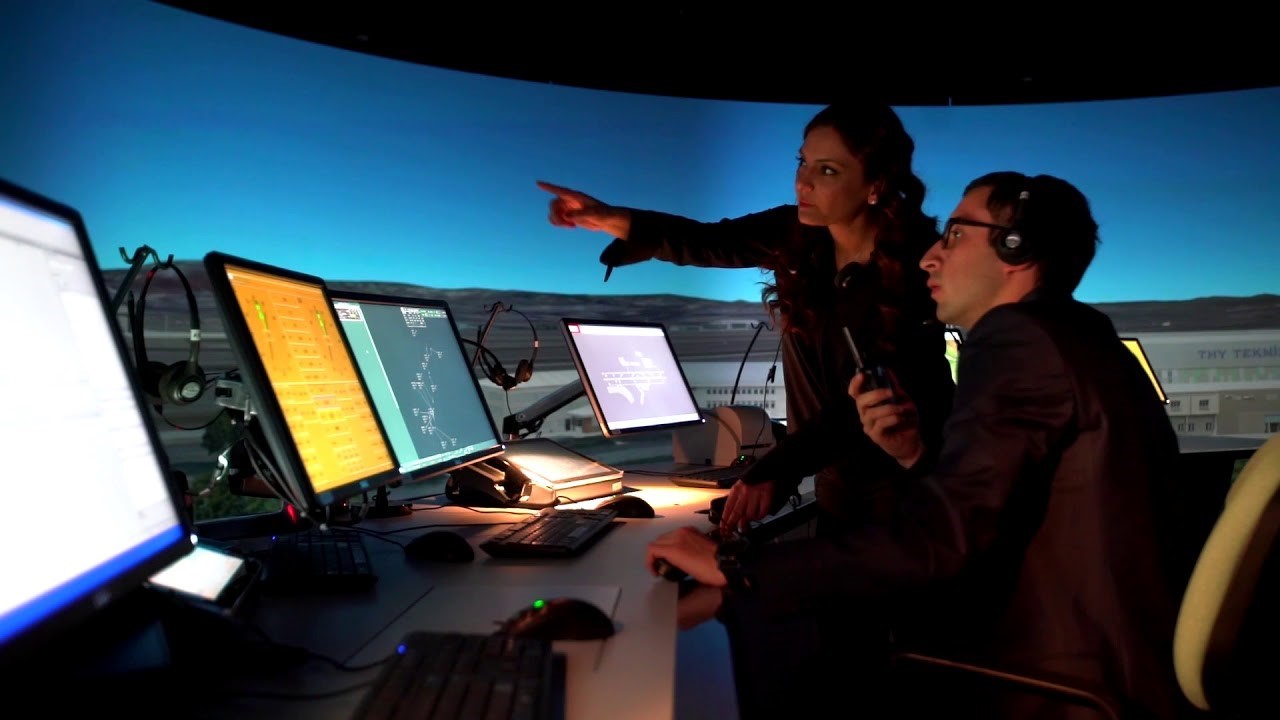
Air traffic control training is a fascinating and rigorous process that ensures the safety of millions of passengers daily. Ever wondered what it takes to become an air traffic controller? It’s not just about sitting in a tower and talking to pilots. Controllers undergo extensive training, mastering skills in communication, decision-making, and stress management. They learn to handle emergencies, navigate complex airspaces, and coordinate with various aviation professionals. This training involves simulations, classroom instruction, and on-the-job experience. Aspiring controllers must pass stringent exams and meet strict physical and mental requirements. Curious about the specifics? Let’s dive into 12 intriguing facts about air traffic control training that highlight the dedication and expertise required in this critical field.
Key Takeaways:
- Air traffic control training is a rigorous process that includes extensive screening, intensive classroom instruction, simulated training, on-the-job training, certification, and continuous learning. It also emphasizes the importance of technology and the human factor in preparing controllers for their crucial role in aviation safety.
- Trainees undergo thorough screening, learn in simulated environments, and receive on-the-job training to become certified air traffic controllers. Technology plays a significant role, but the human factor, including stress management and communication skills, remains essential for success in this demanding profession.
What is Air Traffic Control Training?
Air traffic control (ATC) training is a rigorous process that prepares individuals to manage the safe and efficient movement of aircraft. Controllers must be highly skilled, as they are responsible for the safety of thousands of passengers daily. Here are some fascinating facts about this demanding training process.
-
Extensive Screening Process
Aspiring air traffic controllers undergo a thorough screening process before training begins. This includes aptitude tests, psychological evaluations, and background checks to ensure candidates can handle the stress and responsibility of the job. -
Intensive Classroom Instruction
Training starts with several months of classroom instruction. Trainees learn about aviation regulations, weather patterns, aircraft performance, and navigation systems. This foundational knowledge is crucial for their future roles.
Simulated Training Environments
Simulators play a significant role in ATC training. They provide a realistic and controlled environment where trainees can practice their skills without real-world consequences.
-
High-Fidelity Simulators
Modern ATC training uses high-fidelity simulators that replicate real-world scenarios. These simulators mimic the radar screens, communication systems, and even the stress levels controllers will face on the job. -
Emergency Scenario Training
Trainees practice handling emergency situations in simulators. They learn how to manage aircraft in distress, deal with equipment failures, and coordinate with emergency services.
On-the-Job Training
After classroom and simulator training, trainees move on to on-the-job training (OJT). This phase is where they apply their knowledge in real-world settings under the supervision of experienced controllers.
-
Shadowing Experienced Controllers
During OJT, trainees shadow experienced controllers to observe and learn from their techniques. This hands-on experience is invaluable for understanding the nuances of the job. -
Gradual Increase in Responsibility
Trainees start with simple tasks and gradually take on more complex responsibilities. This step-by-step approach helps them build confidence and competence.
Certification and Continuous Learning
Becoming a certified air traffic controller is not the end of the learning process. Controllers must continually update their skills and knowledge to stay effective.
-
Rigorous Certification Exams
To become certified, trainees must pass rigorous exams that test their knowledge and practical skills. These exams ensure that only the most capable individuals become controllers. -
Mandatory Refresher Courses
Certified controllers must take regular refresher courses to stay current with new regulations, technologies, and procedures. This continuous learning is essential for maintaining high safety standards.
The Role of Technology in Training
Technology has revolutionized ATC training, making it more efficient and effective. From advanced simulators to online learning platforms, technology plays a crucial role.
-
E-Learning Modules
Many training programs include e-learning modules that trainees can complete at their own pace. These modules cover various topics, from basic principles to advanced techniques. -
Virtual Reality Training
Some programs use virtual reality (VR) to immerse trainees in realistic ATC environments. VR training helps them develop spatial awareness and decision-making skills in a controlled setting.
The Human Factor
Despite technological advancements, the human element remains central to air traffic control. Controllers must possess certain personal qualities to succeed.
-
Stress Management Skills
Controllers must manage high levels of stress and make quick decisions under pressure. Training programs include stress management techniques to help trainees cope with the demands of the job. -
Strong Communication Skills
Effective communication is vital in air traffic control. Trainees practice clear and concise communication with pilots and other controllers to ensure smooth operations.
Final Thoughts on Air Traffic Control Training
Air traffic control training is no walk in the park. Trainees face rigorous tests, simulations, and real-world scenarios to ensure they can handle the pressure. Communication skills are vital, as controllers must relay clear instructions to pilots. Decision-making under stress is another key aspect, with split-second choices often making the difference between safety and disaster. Technology plays a huge role, with advanced radar systems and software aiding controllers. However, human judgment remains irreplaceable. Continuous learning is also crucial, as regulations and technologies evolve. The dedication and skill required make air traffic controllers unsung heroes of aviation. Understanding their training gives us a deeper appreciation for the safety and efficiency of air travel. Next time you fly, remember the meticulous training behind those guiding voices.
Frequently Asked Questions
Was this page helpful?
Our commitment to delivering trustworthy and engaging content is at the heart of what we do. Each fact on our site is contributed by real users like you, bringing a wealth of diverse insights and information. To ensure the highest standards of accuracy and reliability, our dedicated editors meticulously review each submission. This process guarantees that the facts we share are not only fascinating but also credible. Trust in our commitment to quality and authenticity as you explore and learn with us.


